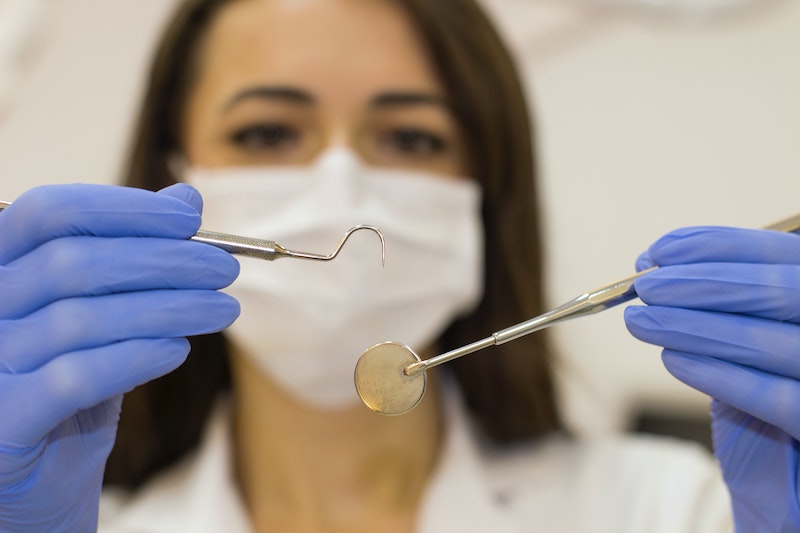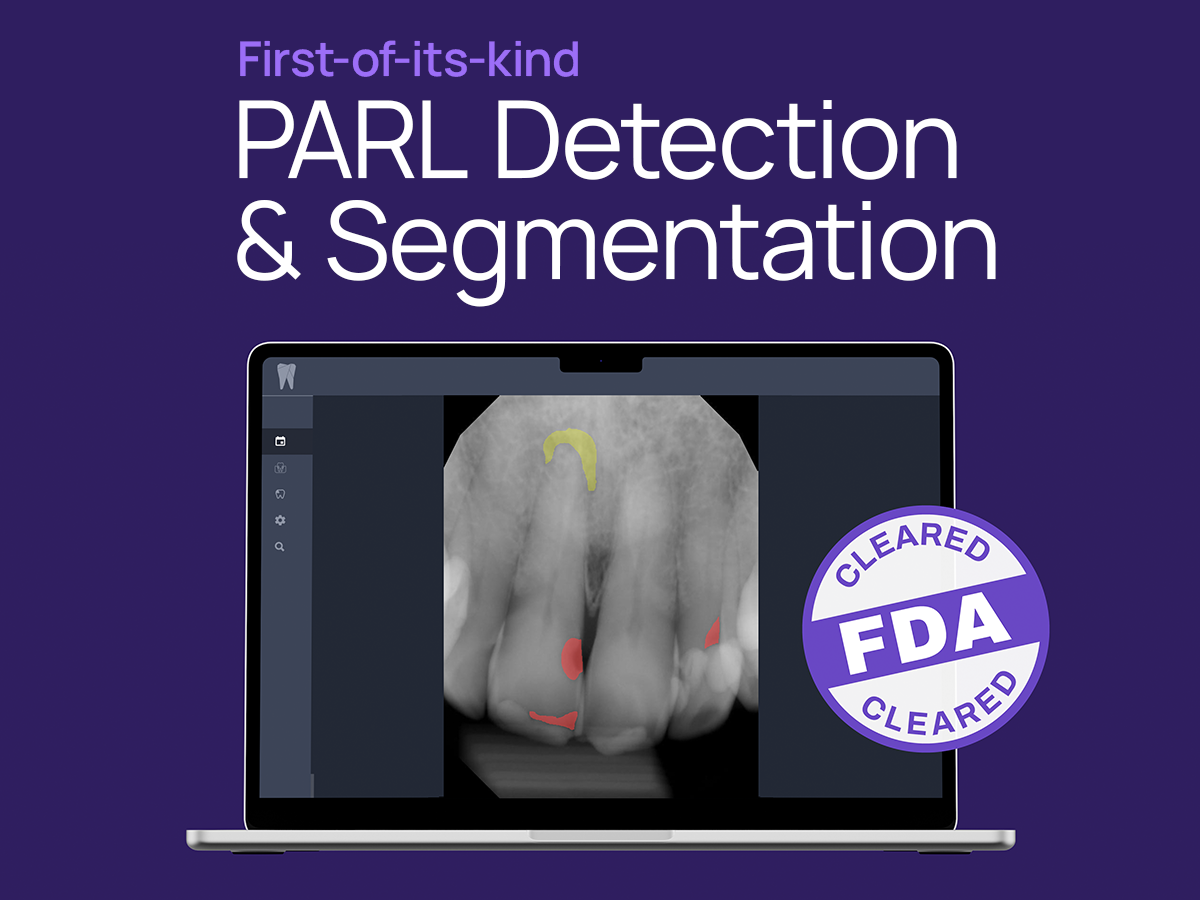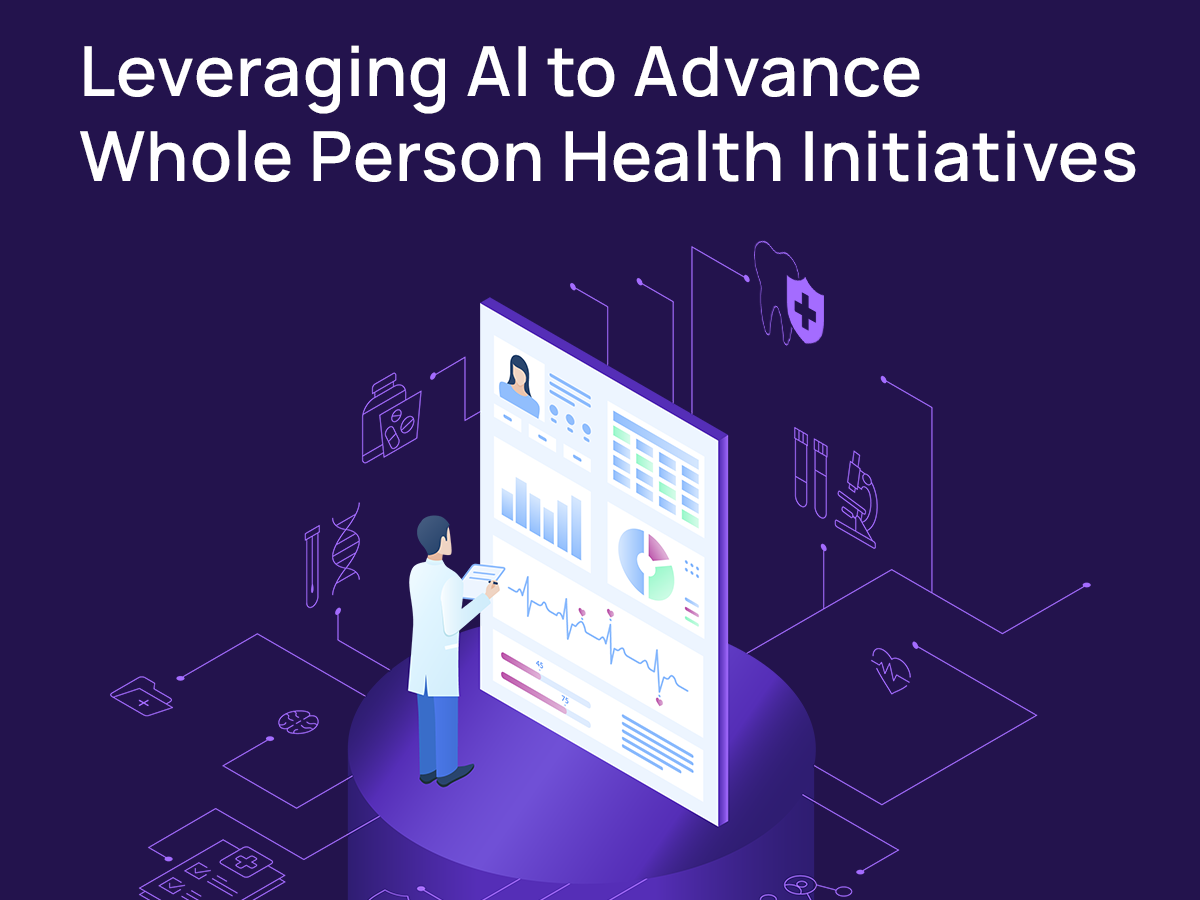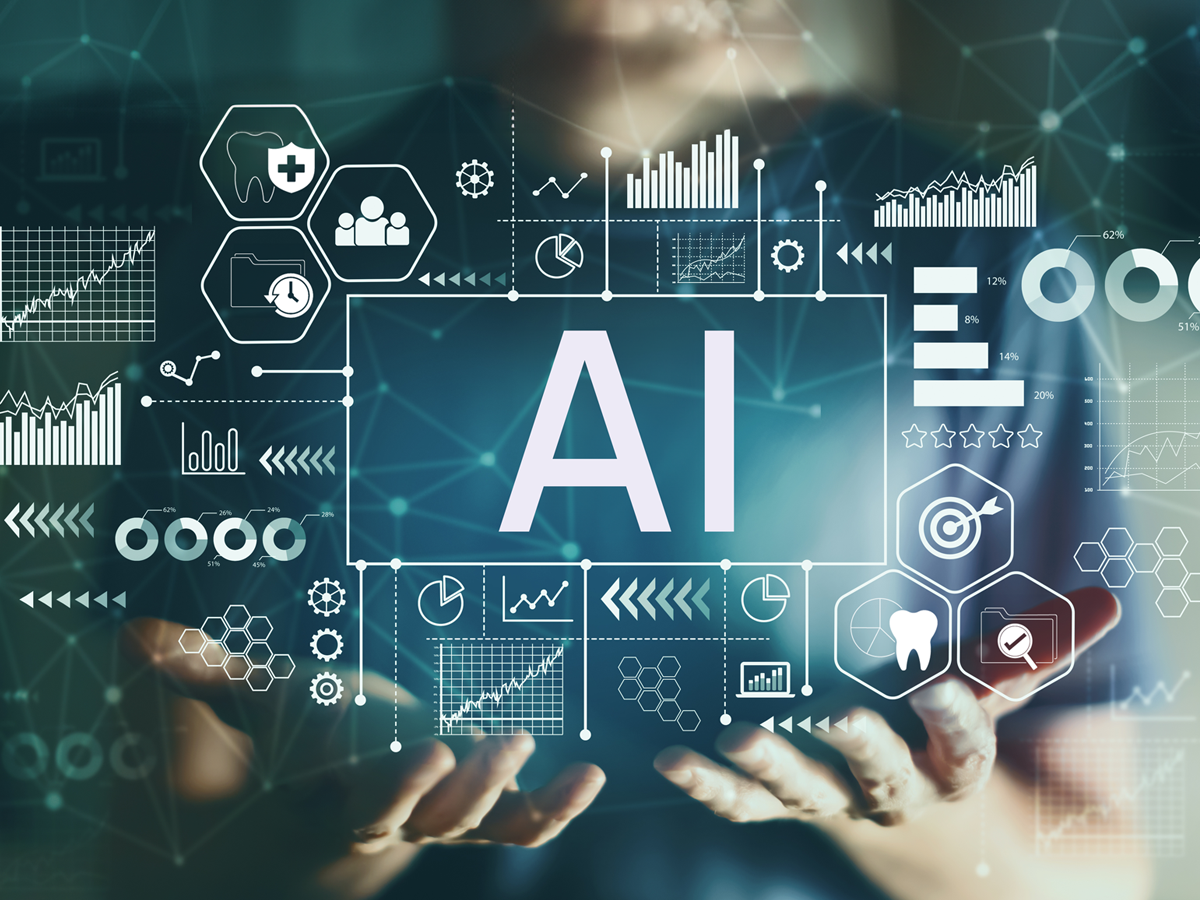Lack of oral health care can look like a potential impasse.
Yet, there’s hope through innovative AI technology and its positive impact on dental hygiene.
The gap between oral health and systemic health is wide – especially among under-resourced or vulnerable demographics. It’s a problem caused by a variety of compounding issues.
”Disparities, such as financial hardship, low health literacy, and inadequate access to care, result in higher rates of oral disease that often exacerbate other chronic conditions, including diabetes, cancer, and cardiovascular disease. In addition, considerations such as cultural and ethnic barriers and dental provider shortage areas further compound these inadequacies.” [1]
Can AI bridge oral health gaps?
From periodontal disease to caries to untreated dental decay the disparities exist.
- “Periodontal disease is evident in approximately 42% of American adults, with just under 8% exhibiting periodontitis.
- Approximately 92% of American adults between 20 and 64 years of age have had caries, while 26% have untreated decay.
- Among youth aged 2 to 19 years, the prevalence of total caries (untreated and treated) is about 45%, with 13% untreated. The prevalence was highest among youth between 12 and 19 years (53.8%), followed by 6-11 (50.5%) and 2-5 (21.4%).” [2]
It’s also noted that periodontitis and dental caries are prevalent among African-Americans and Hispanics by comparison with other racial or ethnic groups. [3]
Individual income levels, education, and “health literacy” show disease correlations as well. [4]
Consider that the level of “health literacy” either supports or denies the use of available health-improving resources.
The CDC (Centers for Disease Control and Prevention) defines “health literacy” as ”the degree to which individuals have the ability to find, understand, and use information and services to inform health-related decisions and actions for themselves and others.” [5]
The good news is that health literacy (for vulnerable demographics) can improve as a result of useful information and effective communication.
The goals:
- Acknowledge the group’s “underlying” health factors
- Create and share health content relevant to each
- Utilize health literacy to empower action towards improved health and preventive treatment
AI has the capacity to meet these health literacy goals through:
- Improving patient communication
- Care standardization
- Facilitating clinical decision making processes
- Promoting internal and external provider collaboration
The effective alignment of AI with dental hygiene
You’re perhaps already using AI in your daily routines such as streaming services (e.g. Netflix, Prime, etc), photo recognition on social media, predictive text recognition, online searches, smart device voice recognition, or health data via a wearable device.
Dentistry jumped on board the innovation with a steady use of AI since 2020. Leading clinicians are collaborating with machine-learning scientists to increase diagnostic accuracy using it.
- Measuring and analyzing radiographs, images, clinical assessments, chart notes, etc
- Developing algorithms for detection of caries, periodontal disease, and other clinical issues.
Hygienists are aligning their patient communication and treatment demonstrations around AI-enhanced software. Millions of clinical data points are helping construct algorithms that support and, in some cases, surpass the accuracy of a sole clinician.
Core standards of care have guided dental hygiene since 1985. Six components to the care process have emerged from subsequent revisions to the Standards for Clinical Dental Hygiene Practice.
- Assessment
- Dental hygiene diagnosis
- Planning
- Implementation
- Evaluation
- Documentation [6]
AI integration into these dental hygiene processes improves their efficiency and effectiveness. It’s further predicted that utilizing a dental AI dashboard during patient care will become the norm.
- Patients will be better informed
- Patient treatment decisions will follow improved delivery of information
Health literacy will also follow approaches that are prioritized around AI. The technology is helping dentists and dental hygienists close care gaps around patient-centric care and underlying health conditions and provide a solution for low health literacy.
Explore the following link for relevant news updates around how AI is closing dental care gaps and improving “health literacy”:
Get informed about AI by a technology leader among the largest DSOs and insurance companies.
Overjet is the global leader in dental artificial intelligence, helping both payors and providers improve patient care. Founded by experts from MIT and Harvard School of Dental Medicine.
Overjet has assembled the largest and most seasoned team of technologists and domain experts with deep AI, dental, and insurance experience.
Learn more about Overjet or request a demo.
[1] Reference sources via https://www.aegisdentalnetwork.com/idh/2021/05/the-ai-revolution-transforming-dental-hygiene-care
[2] Reference sources via https://www.aegisdentalnetwork.com/idh/2021/05/the-ai-revolution-transforming-dental-hygiene-care
[3] Reference sources via https://www.aegisdentalnetwork.com/idh/2021/05/the-ai-revolution-transforming-dental-hygiene-care
[4] Reference sources via https://www.aegisdentalnetwork.com/idh/2021/05/the-ai-revolution-transforming-dental-hygiene-care
[5] Reference sources via https://www.aegisdentalnetwork.com/idh/2021/05/the-ai-revolution-transforming-dental-hygiene-care
[6] Reference sources via https://www.aegisdentalnetwork.com/idh/2021/05/the-ai-revolution-transforming-dental-hygiene-care











